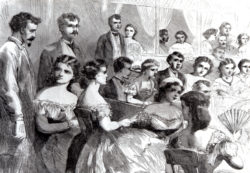Music
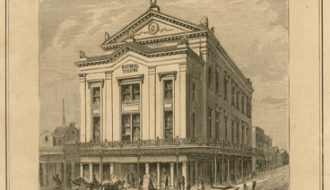
National Theatre
The National Theatre, built in 1866 on the corner of Baronne and Perdido Streets in New Orleans, was an important music venue in the city during the late nineteenth century.

The National Theatre, built in 1866 on the corner of Baronne and Perdido Streets in New Orleans, was an important music venue in the city during the late nineteenth century.
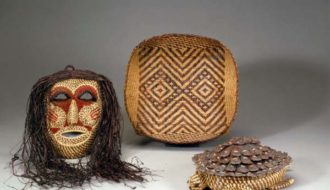
A hallmark of southeastern Indian societies, cane basketry traditions persist in fewer than ten contemporary tribal communities in the southeastern United States, including three in Louisiana.

Louisiana boasts some of the most significant Native American earthen monuments in North America and ranks second only to Mississippi in the number of mound sites.
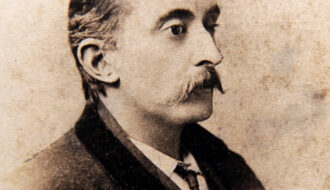
From the time of colonial exploration to the present, Louisiana’s landscape has inspired a rich variety of nature writing.
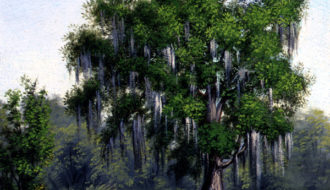
One of the largest urban parks in the United States, New Orleans' City Park is home to many cultural and recreational attractions including the New Orleans Museum of Art, the Botanical Garden, golf courses, tennis courts, City Bark dog park, Tad Gormley stadium, and several lagoons.
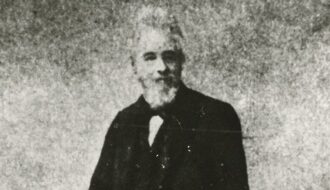
Norbert Rillieux, a Creole from New Orleans, was an inventor and engineer who designed the multiple-effect evaporation system, a major advancement in the process of sugar refining.
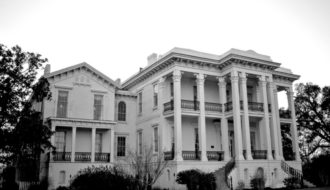
Nottoway is one of the largest antebellum houses in the South and the largest surviving plantation house in Louisiana.
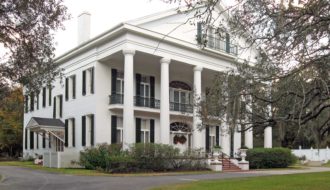
Oaklawn Manor, on Bayou Teche, was originally owned by Irish-born lawyer Alexander Porter whose ancestry gave this area the name Irish Bend.
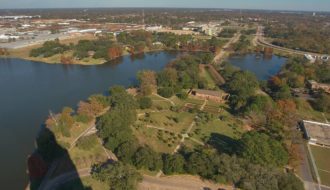
The Old Arsenal was constructed in 1838 for the Baton Rouge military post, the main ordinance depot for the southwestern United States.
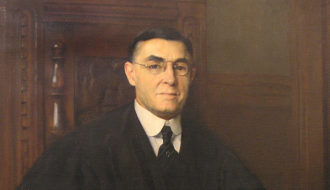
Oliver O. Provosty served as the chief justice of the Louisiana Supreme Court in 1922.
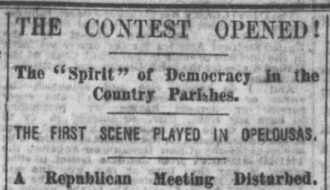
The deadliest episode of Reconstruction-era racial violence, the Opelousas Massacre of 1868 left more than two hundred Black people dead and established a near century-long precedent of Black voter suppression in St. Landry Parish.

New Orleans has an almost unbroken tradition of opera that began in 1796 and first documented ballet was presented just three years later.
One-Year Subscription (4 issues) : $25.00
Two-Year Subscription (8 issues) : $40.00
